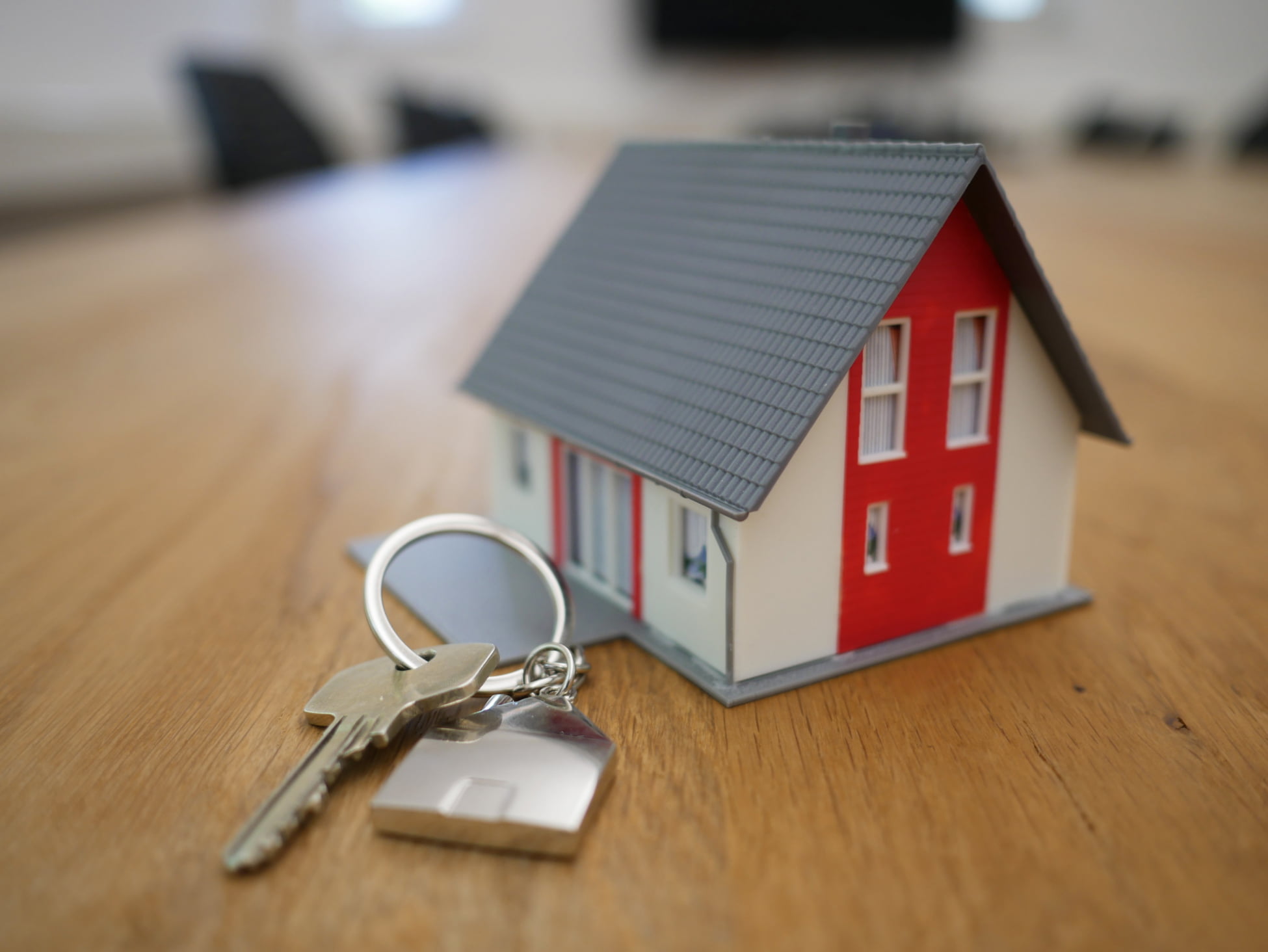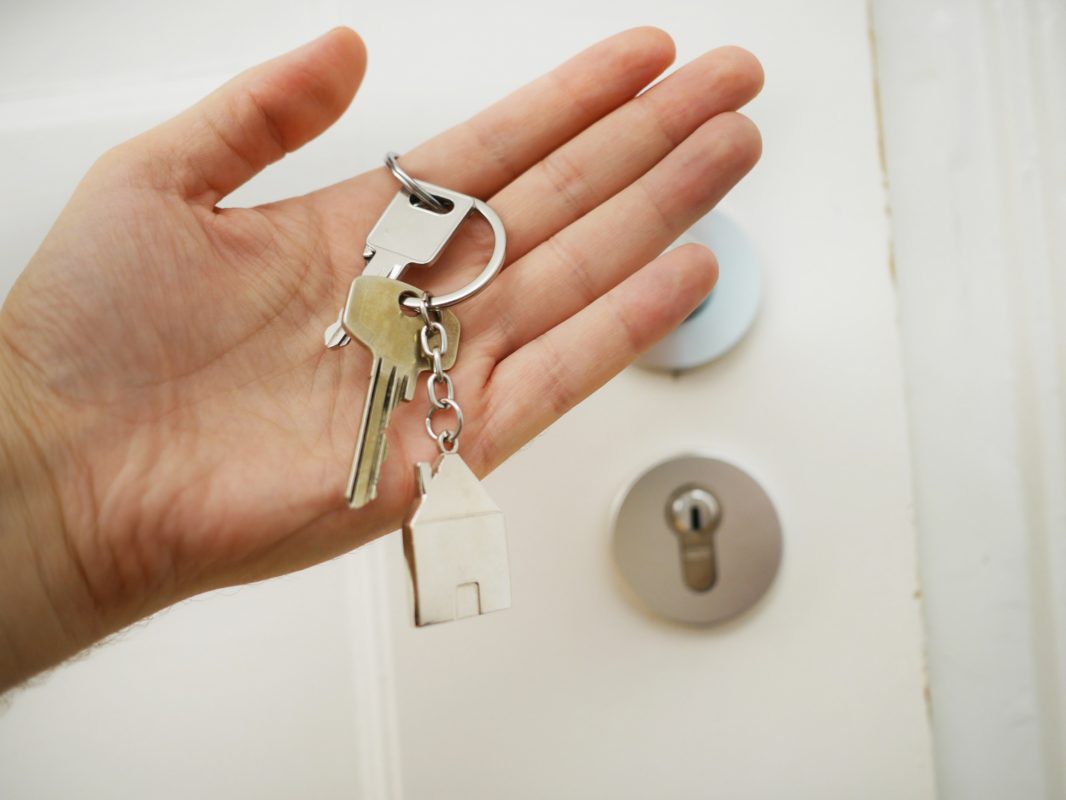Making a decision about your personal finances can be difficult, especially when there are several different options to choose from.
In this article, we will compare HELOCs and reverse mortgages and help you decide which option is best for you. Both of these options have their own advantages and disadvantages, so it is important to understand them all before making a decision. Let's get started!
HELOC Vs Reverse Mortgage Table of Contents
What is The Difference Between a HELOC and a Reverse Mortgage?
What Are The Different Types of HELOC?
What Are The Different Types of Reverse Mortgage?
What Are The Advantages of a HELOC?
What Are The Advantages of a Reverse Mortgage?
What Are The Disadvantages of HELOC?
What Are The Disadvantages of Reverse Mortgage?
What Are Some Alternatives to Using a HELOC or a Reverse Mortgage?
What is a HELOC?
A HELOC, or home equity line of credit, is a loan that uses your home's equity as collateral. You can borrow up to the full value of your home and use the money for anything you want.
The interest rate on a HELOC is usually lower than other types of loans, making it a good option for people who need to borrow money.
What is a Reverse Mortgage?
A reverse mortgage is a loan that allows you to borrow against the equity in your home. The interest rate on a reverse mortgage is usually higher than other types of loans, but the money you receive from the loan does not have to be repaid until you sell your home or die.
What is The Difference Between a HELOC and a Reverse Mortgage?
The main difference between a HELOC and a reverse mortgage is that with a HELOC, you are still making payments on the loan, whereas with a reverse mortgage, you are not. With a HELOC, the interest rate is variable, and with a reverse mortgage, the interest rate is fixed. Both loans have closing costs.
A HELOC is a home equity line of credit. A reverse mortgage is a loan that allows homeowners to borrow against the equity in their home.
With a HELOC, you can borrow up to 85% of the value of your home, minus any outstanding mortgage balance. The interest rate on a HELOC is variable and is based on the prime rate, plus a margin.
With a reverse mortgage, you can borrow up to 55% of the value of your home. The interest rate on a reverse mortgage is fixed, and is based on the age of the youngest borrower, the prevailing interest rates at the time the loan is originated, and the value of your home.
Both loans have closing costs, which can include an origination fee, appraisal fee, title insurance, and other fees.
So, which one is right for you? If you need money now and don't mind making payments on the loan, a HELOC may be a good option. If you want to borrow against your home equity without making any payments, a reverse mortgage may be a better choice.
What Are The Different Types of HELOC?
There are two main types of HELOCs:
Home equity lines of credit
This type of HELOC is a revolving line of credit. You can borrow against it, pay it off, and then borrow against it again.
Closed end home equity lines of credit
This type of HELOC has a set loan amount that you can borrow against. Once you've used up the loan, you can't borrow any more money.
What Are The Different Types of Reverse Mortgage?
There are three types of reverse mortgages:
Home equity conversion mortgage (HECM)
This is the most common type of reverse mortgage. It's insured by the Federal Housing Administration (FHA) and available through most mortgage lenders.
Proprietary reverse mortgage
This type is offered by some private lenders and is not insured by the government.
Single-purpose reverse mortgage
Some state and local government agencies, as well as non-profit organizations, offer single-purpose loans to help with specific needs, such as home improvements or property taxes.
What Are The Advantages of a HELOC?
A HELOC offers a number of advantages over a traditional mortgage.
One advantage is that you can generally borrow up to 85% of the value of your home, which gives you access to a large amount of cash.
Additionally, the interest rate on a HELOC is often lower than the interest rate on a traditional mortgage, making it more affordable.
Another advantage of a HELOC is that you can use the funds for any purpose, including home improvements, debt consolidation, or investments.
Additionally, you only have to make interest payments on the amount of money you borrow, which gives you flexibility in how you use your funds.
What Are The Advantages of a Reverse Mortgage?
Reverse mortgages have a few advantages over HELOCs. First, there are no monthly payments required with a reverse mortgage. The money you borrow is provided as a lump sum or in installments, and you don’t have to make any payments until the loan comes due (usually when you sell your home).
Second, reverse mortgages have lower interest rates than HELOCs. This is because the loan is secured by your home, so the lender has less risk.
Third, you can’t be foreclosed on with a reverse mortgage. Even if your home value decreases and you owe more than your home is worth, the lender can’t take your home away.
Fourth, you can use a reverse mortgage to purchase a new home. If you’re 62 or older and have paid off your current home, you can use a reverse mortgage to buy a new home outright.
Finally, reverse mortgages have no income or credit requirements. As long as you are at least 62 and own your home, you should be eligible for a reverse mortgage.
What Are The Disadvantages of HELOC?
HELOC can be a great way to get access to cash, but there are some disadvantages that you should be aware of before taking out a loan.
One of the biggest disadvantages of HELOC is that it's a variable rate loan. This means that your interest rate can go up or down over time, which can make it difficult to budget for your payments. Additionally, if you don't make your payments on time, you could be at risk of having your home foreclosed on.
Another disadvantage of HELOC is that it's typically a shorter loan than a traditional mortgage. This means that you'll have to pay off the loan much sooner, which can be difficult if you're not prepared.
Lastly, HELOC loans can be expensive. The fees and closing costs associated with taking out a loan can add up, so it's important to make sure that you understand all of the costs before you apply.
What Are The Disadvantages of Reverse Mortgage?
There are several disadvantages of reverse mortgage that must be considered before taking out this type of loan.
First, the fees associated with a reverse mortgage can be quite high. In addition, a reverse mortgage will typically have a much higher interest rate than a traditional home equity loan or HELOC. Finally, if you fail to make payments on your reverse mortgage, you could end up losing your home.
So, Which One Should You Use?
HELOCs and reverse mortgages both have their advantages and disadvantages. Ultimately, the best option for you will depend on your unique financial situation.
If you're looking for a flexible line of credit that you can use for any purpose, a HELOC is probably the better choice. On the other hand, if you're a senior citizen who wants to tap into your home equity without having to make monthly payments, a reverse mortgage could be the way to go.
Of course, there are other factors to consider as well. For example, if you're considering a HELOC, you'll need to have good credit in order to qualify. And with a reverse mortgage, you'll need to be sure that you're comfortable with the idea of not owning your home outright anymore.
What Are Some Alternatives to Using a HELOC or a Reverse Mortgage?
There are a few alternatives to using a HELOC or reverse mortgage, depending on your situation. If you have equity in your home but are not yet retired, you may be able to take out a traditional home equity loan.
This can give you the lump sum of cash you need without having to make monthly payments. However, you will need to start making payments on the loan immediately, and the interest rate will be higher than if you had used a HELOC.
What Are Some Tips For Using a HELOC?
When taking out a HELOC, be sure to shop around for the best rate. Keep in mind that the interest on a HELOC is variable, so it could go up or down over time. Make sure you understand all the terms and conditions before signing on the dotted line.
It's also important to remember that a HELOC is a secured loan, which means your home equity is used as collateral. If you default on the loan, you could lose your home. So it's important to make sure you can afford the monthly payments before taking out a HELOC.
What Are Some Tips For Using a Reverse Mortgage?
If you do decide to take out a reverse mortgage, there are a few things to keep in mind.
First and foremost, remember that a reverse mortgage is a loan – and like any other loan, it needs to be repaid. That means that if you eventually want to sell your home, you’ll need to have enough money left over to pay off the loan.
Another thing to keep in mind is that a reverse mortgage will likely decrease the value of your estate. That’s because, when you take out a reverse mortgage, you’re essentially using your home as collateral for the loan.
Finally, remember that a reverse mortgage is a loan – and like any other loan, it comes with interest. That means that the longer you have the loan, the more money you’ll ultimately owe. So, if you think there’s a chance you may want to sell your home in the future, a reverse mortgage may not be the best option for you.













